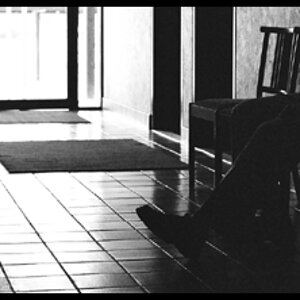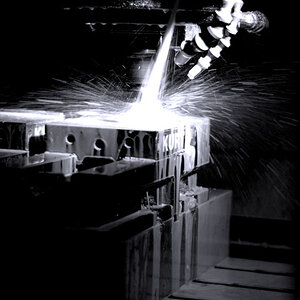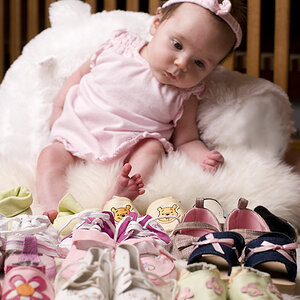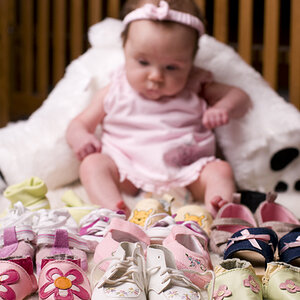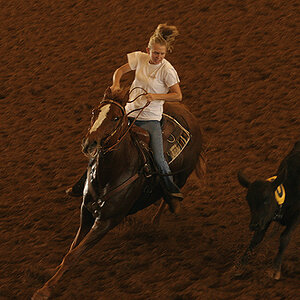rob91
TPF Noob!
- Joined
- Nov 3, 2007
- Messages
- 708
- Reaction score
- 0
- Can others edit my Photos
- Photos NOT OK to edit
My parents pulled out their parents 8mm Brownie movie camera the other day, still working and pretty sweet. I'd like to shoot some film on this, but am unsure of how I will get it developed. I checked out a website where you can send it off, but it costs about 50$ per reel, which is a bit much for me. Anyone know of a cheaper way? Is it difficult to do on your own? Thanks.


![[No title]](/data/xfmg/thumbnail/33/33493-f055dbbe7f00f271d3959dd3a6482165.jpg?1619736004)
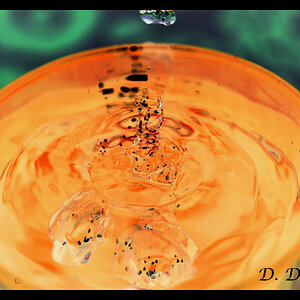
![[No title]](/data/xfmg/thumbnail/40/40287-4f839095000f74d779b90ed75df9dc62.jpg?1619739408)

